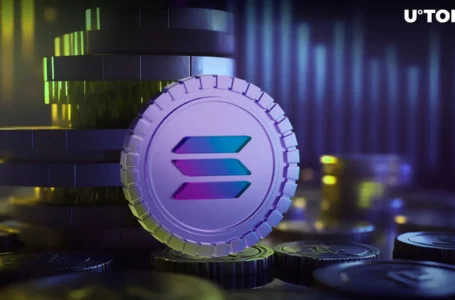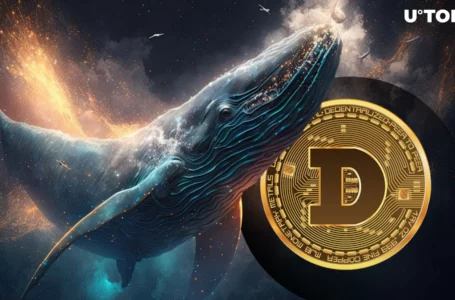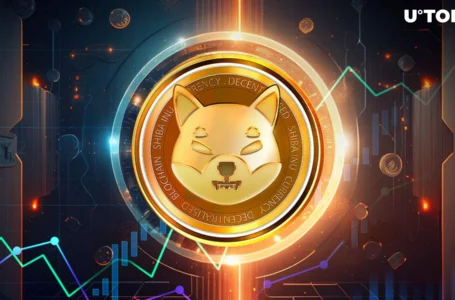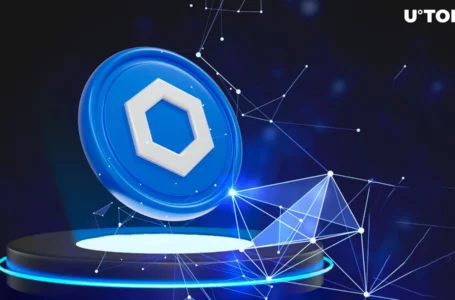
What is Dash?
Dash is an open-source protocol that originated as a hard fork from the Bitcoin blockchain. The coin gained notoriety for its unique approach to the market. Dash focuses primarily on privacy and transaction speeds. Consequently, Dash transactions are near-instantaneous and close to impossible to trace.
Dash became popular because of its amazing array of features. Most of these features were new to the market when Dash introduced them. In this way, Dash continues to be a pioneering force within the privacy coin sector. Here are the features that make Dash a coin to keep your eye on.
History of Dash
The history of Dash begins in 2014 under the name Xcoin. Xcoin was an instant hit because it gave users real privacy tools unavailable at the time. Shortly after launch, Dash’s creator, Evan Duffield decided it would be smart for the project to promote its privacy capabilities even further. This desire led to the coin undergoing a rebranding to Darkcoin.
However, the rebranding led to Dash becoming a staple in the darknet markets. Seeing the limitations in this approach, Duffield again rebranded the coin. This time it was rebranded as Dash. The word Dash comes from combining the words “digital” and “cash.” Notably, by 2016, Dash was no longer widely used on the Dark Net.
InstaSend
Dash is able to accomplish near-instant transactions using its InstaSend protocol. InstaSend bypasses miners and utilizes a consensus of masternodes to validate a transaction. This process eliminates the waiting time associated with blockchain network confirmations. To accomplish this task, Masternodes form voting quorums.
When users request an InstaSend a special Masternode accepts the request and locks the inputs of the transaction. The transaction data is then broadcast across the network to other Masternodes. This strategy guarantees the transaction is in the next block of transactions.
PrivateSend
One of the most advanced features Dash utilizes is its Private Send protocol. This protocol enables Dash users to make and receive untraceable payments on the blockchain. The way the process works is simple.
First, a user requests a PrivateSend transaction. The platform then takes their transaction and mixes the users’ unspent Dash before executing the transaction. Next, the protocol breaks your transaction inputs down until they are standard denominations. From there, the user’s wallet then sends a request to the Masternodes. This request fills when two other people send similar requests.
Next, a masternode mixes up all of the inputs and instructs all three users’ wallets to pay the now-transformed input back. Your wallet pays that denomination back to itself. Interestingly, the wallet utilizes what is known as a change address. Crucially, the wallet repeats this process multiple times. Best of all, this occurs in seconds and without requiring users to complete additional steps.
Chainlock
Another powerful feature Dash incorporates is Chainlock. This protocol protects against 51% attacks when used in parallel with InstaSend. A 51% attack occurs when more than half of a Blockchain’s node introduces false data.
Sporks
After experiencing some issues with a 2014 update labeled RC3, the Dash community decided it was best to find a smoother upgrade strategy. This desire led to the creation of Sporks. Sporks allow for major upgrades such as soft or hard forks but without the need for instant change.
Spork updates enter the blockchain in a multiphase approach. This strategy allows developers to monitor real-time data surrounding the upgrade. Additionally, it allows the network to gradually make the upgrade without its integrity all at once.
How Dash Works
In true cryptocurrency form, the Dash community is run by a decentralized autonomous organization (DAO). DAOs are simply platforms that depend on community voted smart contracts to determine their course of action. DAOs are critical in the crypto sector because they solve two main concerns faced by all projects – governance and funding.
Dash Community
The Dash community consists of various different members that all play their part to secure the network and keep the project up to date. There are standard nodes that are responsible for various actions such as relaying messages and validating transactions on the network. The next component of the network is miners. These are network nodes that validate blocks of transactions and add them to the blockchain.
Masternodes
Dash’s network also utilizes Masternodes. Masternodes are able to conduct regular node services, however, they also have some unique capabilities. For one, they act as shareholders. Masternodes are able to vote directly on proposals for improving Dash’s ecosystem. Notably, Each masternode has one vote.
How Do I Become a Masternode?
To become a Dash Masternode you will need to meet a few requirements. Primarily, you need to possess at least 1000 Dash in a network wallet. You also need a static IP address. The final requirements are technical including the type of CPU, RAM, disk space, and network bandwidth available at your location.
Dark Gravity Wave
The Dark Gravity Wave protocol manages the difficulty of the network. This protocol is exclusive to the platform but shares characteristics with the Kimoto Gravity Well. The key feature of this protocol is that it actively adjusts the difficulty level every block. In comparison, Bitcoin makes these adjustments every 2016 blocks.
Bottom Line
Dash continues to remain one of the most popular cryptocurrencies in use today. This unique project is a perfect example of how blockchain technology provides users with more liberty and freedom. Consequently, you should expect to see Dash continue to play a prominent role in the crypto market for years to come.



















